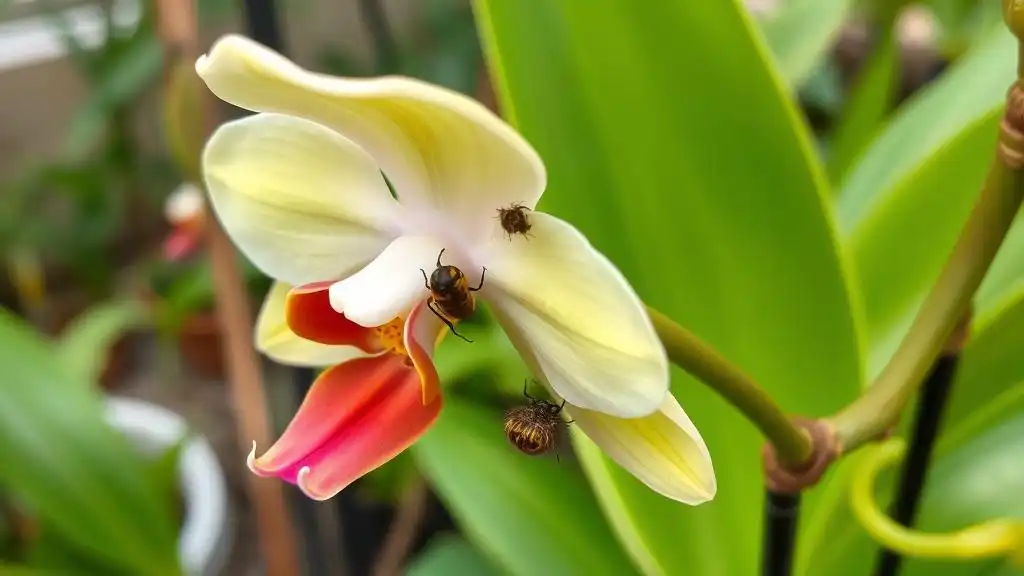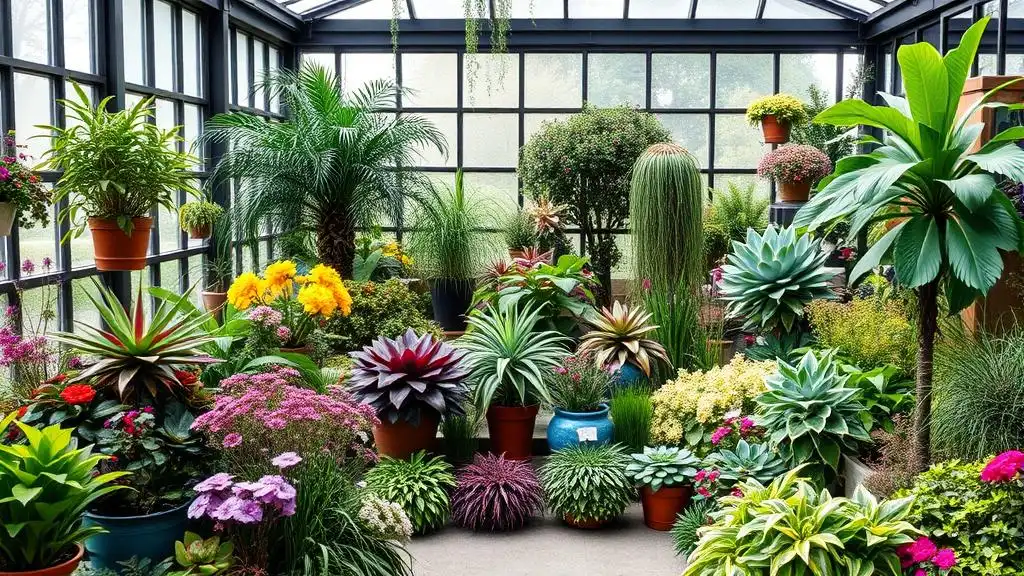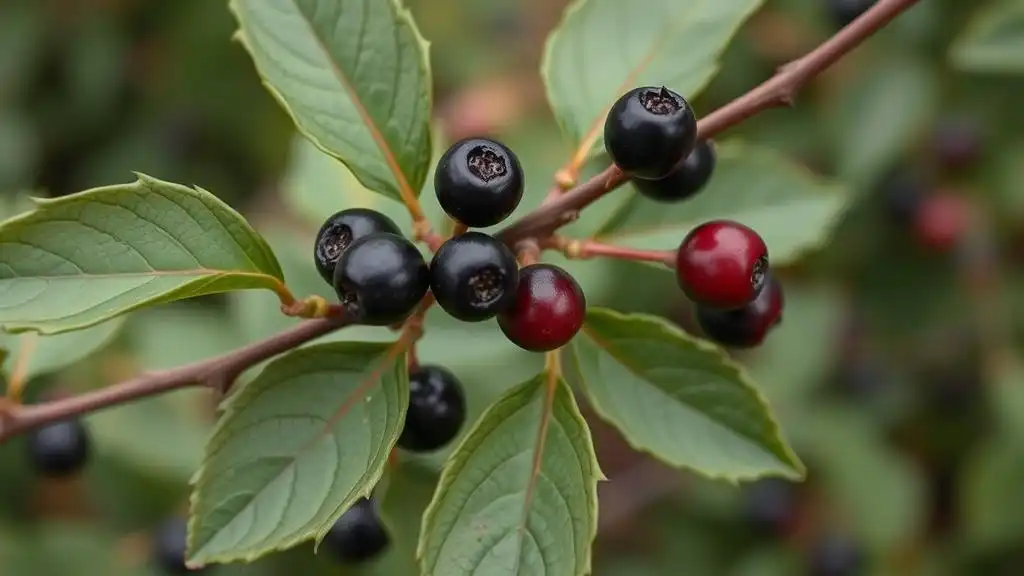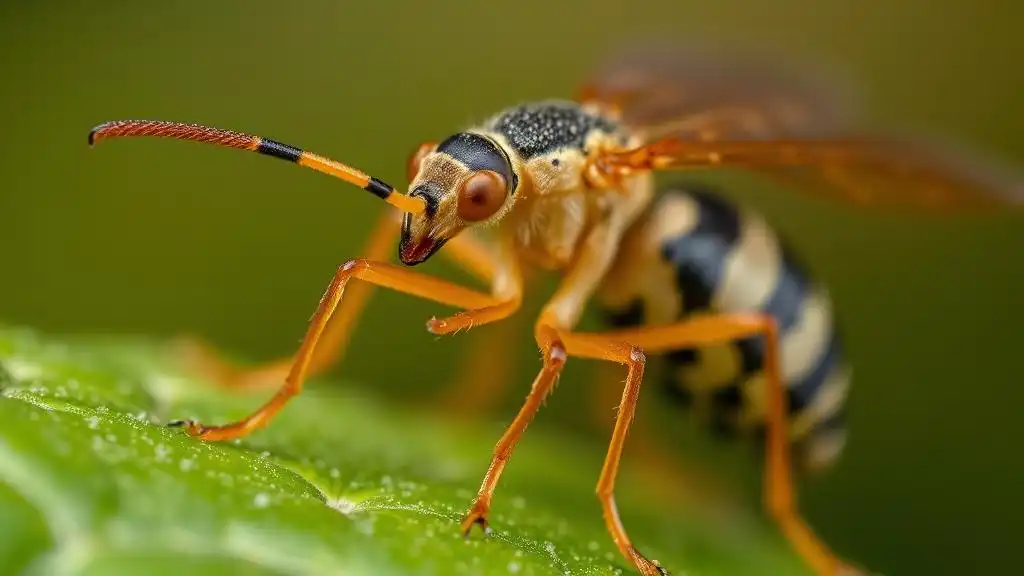What’s Wrong with My Plant | Quick Diagnosis & Ways Out

Most gardeners who take good care of their yards may occasionally notice subtle signs that something is not right with the plant’s health, be it brown leaf tips or burnt-looking spots. So as to help it survive, one may act intuitively and bombard a plant with excessive fertilizers, water, or pruning sessions without a clear understanding of what is really appropriate to do.
Contents:
Most gardeners who take good care of their yards may occasionally notice subtle signs that something is not right with the plant’s health, be it brown leaf tips or burnt-looking spots. So as to help it survive, one may act intuitively and bombard a plant with excessive fertilizers, water, or pruning sessions without a clear understanding of what is really appropriate to do.
Are you still asking “What's wrong with this plant?” and “What can I do to save it?” Follow our material to sensibly identify problems and know what are the essential steps to take for the plants to stay healthy.

Common Plant Issues and Diseases
Plants, like all other living creatures, may sometimes face health issues that are manifested in their appearance and bodily functions, i.e., growth and vitality. The most important thing any gardener can do is take preventive measures and protect the garden in advance.
Nevertheless, if something has gone wrong either way, one should pay attention to the unusual signs and then identify symptoms at an early stage. Understanding these issues will empower you to select an appropriate treatment plan to ensure your plants thrive again.
Fungal Infections
Fungi are notorious for causing relatively severe diseases in plants that require immediate help. Common fungal diseases include root rot, powdery mildew, which manifests as a white powdery substance on leaves, and damping-off, which causes young seedlings to collapse at the base. In general, these problems tend to occur in warm, humid conditions.
Bacteria Diseases
Various leaf spots, wilting, and stem rot may serve as indicators of bacteria diseases. For instance, bacterial blight leads to water-soaked lesions on leaves and stems that progressively turn brown and eventually die. Good hygiene procedures, e.g., proper sterilization of tools, can help avoid the spread of bacterial diseases and maintain the health of the plants.
Viral Infections
Viruses are another group of pathogens that can affect the health of a plant and lead to stunted growth, yellowing of leaves, and distorted foliage. The most common examples of viral infections include mosaic virus, which creates mottled patterns on leaves, and tomato spotted wilt virus, which causes wilting and necrosis in various plant species. Although we cannot yet treat this type of disease completely, proper sanitation is the key.
Pest Infestations
What do most gardeners fear when they only start their planting journey? Pests are the first obstacle that plant lovers usually get acquainted with. Insects and pests can pose significant threats to plant health, feeding on leaves, stems, and roots. Mealybugs, for example, feed on the roots and produce honeydew, which is an ideal spot for fungi to grow. Other pests to be aware of include aphids, spider mites, fungus gnats, whiteflies, and the like.

Nutrition Deficiencies
Sometimes, plants may suffer from a deficiency in essential elements, such as nitrogen, phosphorus, potassium, magnesium, and so on, and the symptoms vary depending on what nutrient is lacking. Yellow leaves usually indicate nitrogen deficiency, while interveinal scorching and necrosis may be a signal that a plant severely lacks potassium.
Environmental Stressors
Excessive heat, drought, cold temperatures, and extremely high levels of hydration may also become a problem that hinders the plant’s development. Such abnormalities weaken the plant’s immune system, thus making it more susceptible to diseases and pest attacks. What one can do to protect their garden is to always be prepared to address these issues and alleviate environmental stress.
How to Diagnose a Problem?
Diagnosing a problem may become a tough and exhausting task if one does not know what exactly to do. To make it easier, we recommend that you use digital tools like AI Plant Finder to go through this process seamlessly and get the most efficient results possible. Basically, there are five steps to take for you to finally understand what is wrong with this plant and how to heal it in the end.
Step 1. Identify Your Plant.
The first and foremost step in diagnosing a plant problem involves finding the exact scientific name. Although this can be time-consuming, you can accelerate this process and use the AI Plant Finder’s feature “Plant ID”. Take a photo of a plant right in the app and wait for the system to deliver the most relevant information about the plant species you own, including its name, growing peculiarities, care requirements, and more.
Step 2. Observe Symptoms.
What to do next includes careful observation of the symptoms the plant exhibits. One should look for abnormalities, such as yellowing leaves, wilting, unusual spots, holes, or strange growing patterns. Keep track of where these appear and whether they affect the specific plant parts.

Step 3. Check Environmental Conditions.
As we have stated before, environmental conditions may negatively influence the plant’s health. Consider such factors as temperature fluctuations, soil moisture levels, and air circulation, for plants stressed by unfavorable environmental conditions may exhibit symptoms similar to those caused by diseases or pests, too.
Step 4. Check the Patterns.
Sometimes, the same problem may occur within a specific framework. How many plant types are affected by the same problem? How frequently does it happen? What parts of the plant are suffering the most? What stage of development is your plant going through? Can it be a global problem that affects all the plants in your area? Try to collect as much information as possible to finally come to a conclusion and find the solution.
Step 5. Diagnose on the Basis of Your Records.
At the last stage, you can finally formulate a diagnosis according to the collected information. This is when the AI Plant Finder app enters the game again. Make use of the “Diagnose” feature by taking a photo of a plant right in the app so the symptoms are clearly visible.
AI Plant Finder will provide you with several options which can be relevant to your particular problem. Assess your information and match it with the app’s results to understand a problem and proceed with the right plant therapy.

Organic Solutions and Preventive Measures
Maintaining healthy plants requires a proactive approach that focuses on prevention and natural remedies whenever possible. To minimize the risks and promote overall garden health, one should implement organic solutions and preventive measures, some of which are to be mentioned further:
Cultural practices. Always keep in mind that proper positioning, spacing, pruning, mulching, and crop rotation may prevent severe problems and get you a richer harvest.
Healthy soil. Another aspect which should not be missed is a healthy, well-drained soil. Use organic fertilizers and good-quality compost to enrich the soil with essential nutrients, improve soil structure, and promote beneficial microbial activity.
Companion planting. When plants establish mutually beneficial relationships, they can successfully deter pests, attract pollinators, and improve soil fertility as well.
Biological control. Explore biological control methods such as introducing predatory insects or microbial agents to combat specific pests or diseases.

How to tell what's wrong with my plant? Which plant care routine is the most efficient? To identify the problem, one must be equipped with the necessary information beforehand to diagnose plant problems accurately and take appropriate measures to address them. Such tools as AI Plant Finder may guide you through this process and pick up the most relevant treatment plan to heal your garden for good.
Share:
Read More
Identify Any Plant, Diagnose Every Disease
Download Our App Now!


